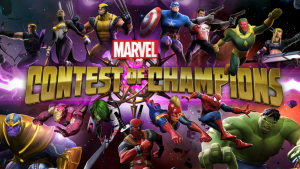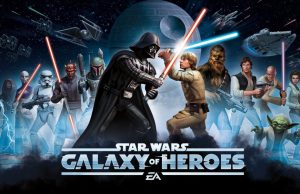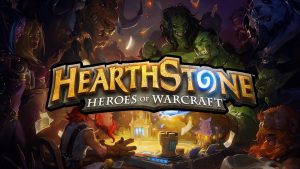The “Core Loop” was a term popularized as free-to-play games became more mainstream, but it’s more than just a buzzword tossed around by executives. Your game lives and dies based on the design of your core loop.
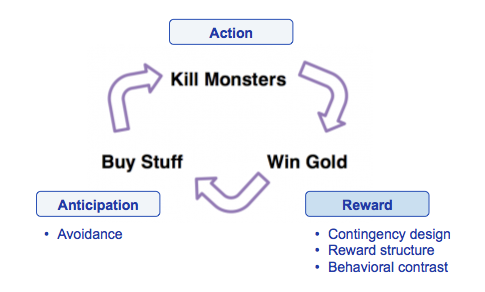
The Core Loop is a description of what a player will be doing repeatedly for the entirety of your game. Even if there are different modes, different ways of playing, there is always something that a player will repeatedly do. If it’s not focused enough or is too complex, players will be confused, and you will be left with a oversized game that didn’t deliver.
In all games, a Core Loop usually is made of three parts:
- ACTION: A Player does an action (usually the core gameplay, like a single fight)
- REWARD: The Player is Rewarded with Currencies (this can change over time or be different for different modes)
- PROGRESS: The player uses their rewards to make progress of some kind (the player upgrades their characters, finds new characters, moves forward on a map, builds up their town)
All core loops, no matter how you visualize them, should have these three key elements. If they don’t, the loop simply won’t work.
In this manner, players that enjoy playing the game always feel like they are making progress. That all means, over time, players feel like the more they play, the more they are rewarded. Likewise, the more they play, the more they are reminded how far they’ve come. This is the backbone of strong long term retention – the combination of players feeling like they’ve made progress and the teasing of the progress to come.
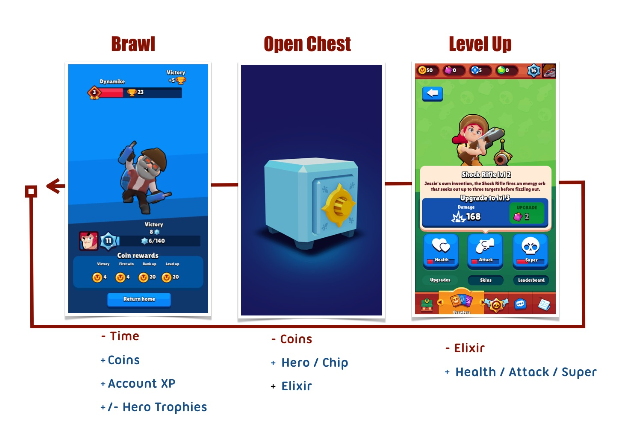
Free to Play games are about long term retention – creating games that last for years, not just days. The Core Loop provides the foundation for the entirety of the game – the more engaging and repeatable the Core Loop is, the less reliant your team will be on creating mountains of content in order for a player to enjoy playing your game.
With games like Candy Crush, in order for the game to make money and retain its players, it needs thousands of levels. With games like Brawl Stars and Clash Royale — the core loop is so engaging on its own that Supercell only needs to add new content every once in awhile. What’s required in your game to keep players playing?
For some examples of core loops from other major titles, take a look at our deconstructions:
Besides this, we’ve pulled together a list of articles that go into how to craft strong Core Loops and how to ensure that your Core Loop is scalable.


